In this review, we take a look at the Biotar 75mm F1.5 II lens for Sony FE-mount.
The Biotar formula was created a century ago, and is still the basis of many lens designs produced today. This design has a rich history and original versions are still sought after today.
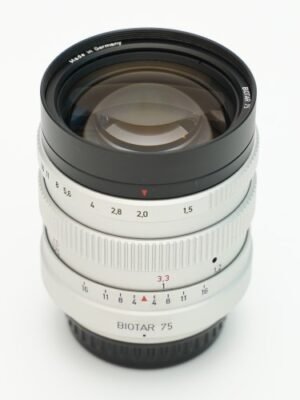
Produced by Meyer Optiks Görlitz, the Biotar 75mm F1.5 II is a fully manual, metal lens with unique bokeh capabilities. In addition to the superb textures made possible by its astounding 15 double-curved aperture blades, this lens design is able to create the so-called “swirly bokeh” which has led to some people calling the lens the “king of vortex”. It is also, even today, among the fastest 75mm lenses available.
In this in-depth review, we take a look at all the technical and artistic parameters which help to define a lens. Read on to find out everything there is to know about the Biotar 75mm F1.5 II lens!
Table of Contents[Hide][Show]
Specifications
| Lens Name | Biotar 75mm F1.5 II |
| Optical formula | 6 elements in 4 groups |
| Image circle | Full frame |
| Field of view diagonal | FF: 32° APS-C: 21.2° |
| Aperture range | F1.5/F16 |
| Aperture blades | 15, double-curved |
| Aperture ring | Yes |
| Max magnification | 0.13X |
| Minimum focus distance | 0.75m |
| Internal focus | No |
| Filter thread diameter | 62mm |
| Lens cap | Plastic, clip-on |
| Lens hood | None |
| Diameter x Length | 62 x 95 mm (2.4 x 3.7 in) |
| Weight | 650 g (22.9 oz) |
| Price (US MSRP) | $1399 |
History of the Biotar formula
The Biotar lens designed by Willi Merté in the 1930’s dates from the original Double Gauss design which influenced many lenses still being made today and is, reportedly, the most-studied lens formula of the 20th century.
The mathematician Friedrich Gauss created the original Gauss lens formula in 1817. It was a two-elements telescope objective lens. In 1888, Alvan Graham Clark cleverly decided to place two Gauss groups back-to-back, creating a symmetrical design called the Double Gauss. This design improved vastly on the original Gauss design but still suffered from many weaknesses. Some years later, in 1895, Paul Rudolph modified the design by removing the air gap between each pair of elements, cementing them together.
This improvement directly led to the creation of the Zeiss Planar lens design. The Planar had a big impact on the future of lens design thanks to its capability for high resolution, its good control over CA and spherical aberration. This permitted the creation of lenses with faster apertures than before.
Willi Merté worked on further improving the Planar. He created the Biotar by departing from pure symmetry. This allowed the creation of even faster aperture lenses. The first Biotar was a 50mm F1.5 made for cinema in 1927. In 1936, a 58mm F2 was created and the 75mm F1.5 in 1938. There were two versions: the “thin” for EXA/Exakta mount and the “fat” for both EXA/Exakta and M42. A Soviet version, called the “slim”, was also made.
Bokeh was not an important concept in photography in 1938. The Biotar 75mm was interesting thanks to its fast aperture, excellent sharpness and useful focal length. The lens was made until 1967 and continued to inspire many lens designs, still doing so today. Biotar lenses are popular because they are able to create the so-called “swirly bokeh”, where out-of-focus highlights seem to create circles around the subject. The Meyer Optik company was re-launched in recent years with the intent to re-create legendary designs, but with the benefits of modern knowledge, manufacturing capabilities, materials and coatings.
Construction and Handling
In this section, we take a look at the physical characteristics of the Biotar 75mm F1.5 II.
Front Element
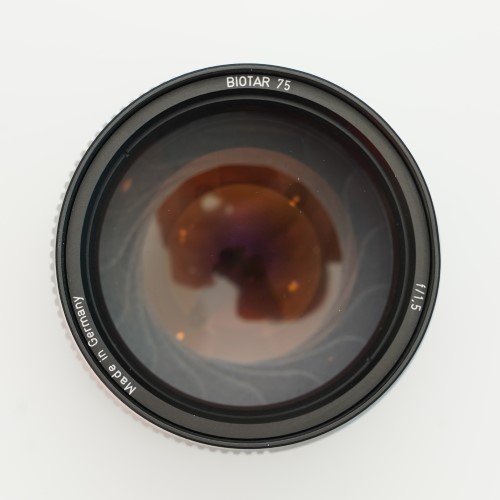
The front of the lens is dominated by the large glass element. The lens name, country of origin and maximum aperture are discretely engraved.
Apart from the fact that the lens does use multi-coating (to be expected), not much is known about the actual coatings of the lens. In our experience, the coatings are robust and easy to clean.
The lens uses a 62mm filter thread.
The lens cap is plastic.
Lens Body

The lens has a moderate size. It is heavier than expected, at 650g (over a pound)! The lens is entirely made of metal, and feels like a premium, almost luxury product. It is a worthy descendant from the original Biotar, and it is obvious that the manual assembly is done with care and dedication. The anodized aluminum has a pleasing texture, lettering is engraved with subtle touches and accents. Note that our pictures show the K-mount version, a featureless shaft extends the lens at the bottom for the E-mount alternative. The K-mount version can be adapted via a dumb or smart adapter.


The bottom of the lens bears the lens name, an alignment dot for mounting, and the company’s name. Right above is a DOF scale with markings for F4, F8, F11 and F16. For a lens with such a wide maximum aperture, it would have been nice to see smaller f-number values marked, but then again the DOF gets very narrow at wider apertures, so the usefulness would have been limited.
Just above these markings is the actual focus distance scale, followed by the focus ring. Immediately next to it is the aperture ring, with no space between the two rings. The aperture ring is click-less, something that videographers will appreciate. It is easy to set the aperture even without clicks, but it requires looking at the lens while doing so: the distance between each full stop isn’t constant. The front of the lens is black instead of silver, an interesting design choice. It is also metal.

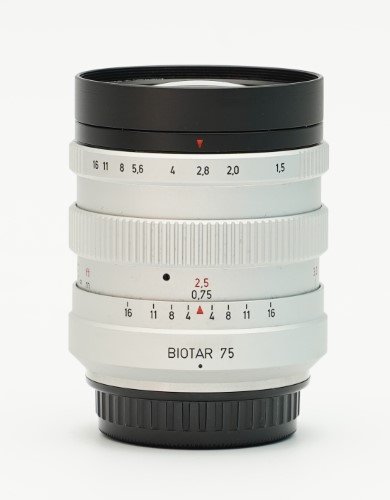
The lens extends slightly when focusing at close distances. The front does not rotate.
Aperture
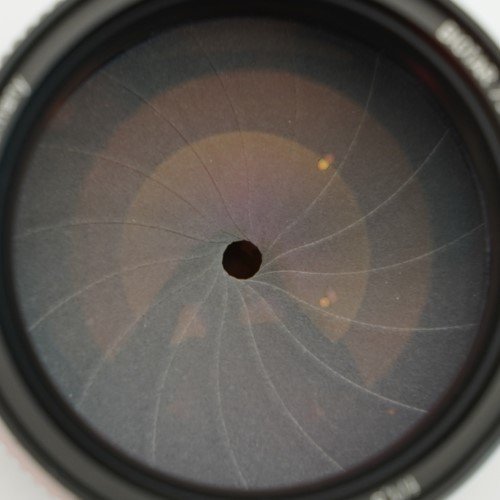
The Biotar 75mm uses as astounding 15 aperture blades. Moreover, these blades show a double curvature, to better preserve the circular shape of the aperture regardless of the selected value. Only F2.8 and F4 show imperfect circles, all other aperture values are essentially round.
Lens Mount
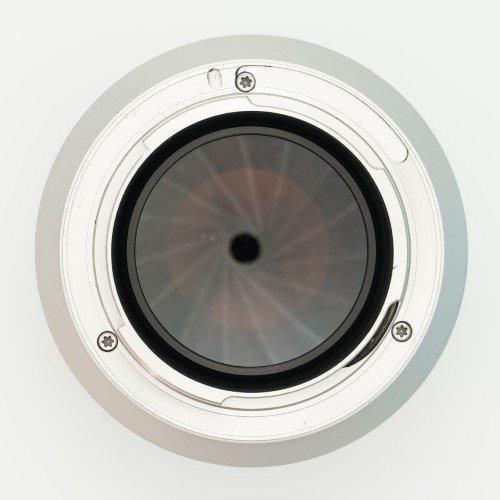
The lens mount is metal, and featureless. There are no contacts apart from the mechanical mount itself.
Lens hood
The lens does not ship with a lens hood.
Lens case
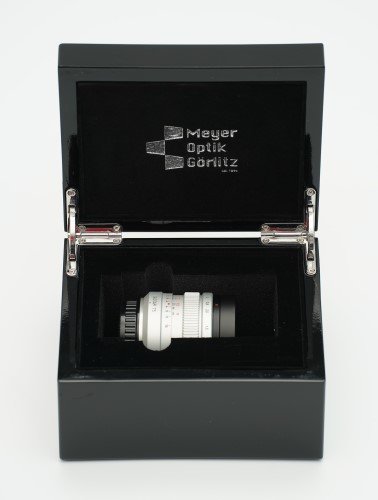
we rarely comment on lens cases, but will do so here. The Biotar 75mm ships with a lacquered rigid case, like a jewel box, held closed by a magnet. It is a beautiful case, certainly not made for everyday transportation, but well tuned with the premium feel of the lens itself.
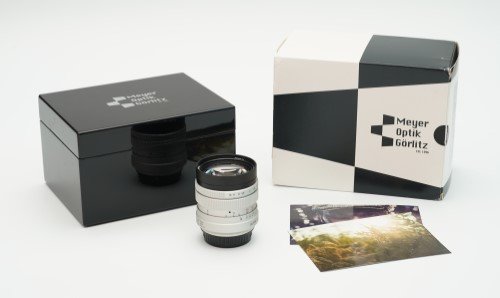
Mounted On Camera
The Biotar 75mm fits well with the diminutive A7C. The two-tone lens is actually a match for the two-tone camera. It handles well and feels balancved.

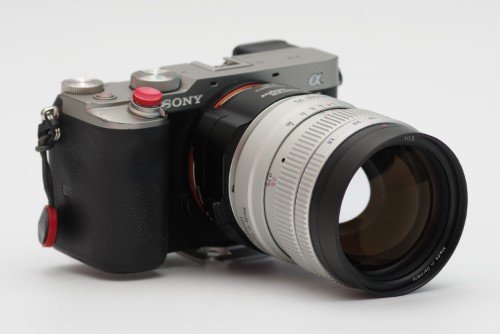
Side by side
Here is the Biotar 75mm next to the Tamron 20mm F2.8 and the Tamron 28-75mm F2.8. We used a lens adapter to give the Biotar the correct length since we are testing a K-mount copy. The E-mount version has a featureless shaft in place of the adapter. The lens is rather compact, but the DSLR design means it is a bit long.
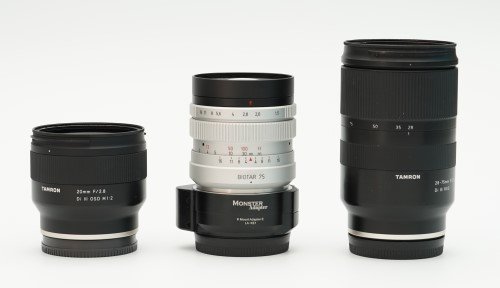
Focusing
The Biotar 75mm F1.5 II is a purely manual lens, which of course includes focusing. With an F1.5 lens, precise focus control is required. Thankfully, the lens delivers perfectly well in this regard. There is pleasant dampening, a well-tuned level of friction and no backlash. What’s more, the Biotar offers a huge 280° of throw for the focus ring. This means focus isn’t fast, but control is precise. The longest section of the focus range is used by distances below 1 meter. Farther distances, where the DOF increases, requires a bit less precision.
There is, as always, some challenge to properly nail focus using Focus Peaking, especially when the aperture is partially closed. Using the focus distance scale on the lens helps to locate the right ballpark. Using the DOF scale adds a layer of information, and in the present case the scale is detailed enough to be useful. Although at wider apertures minute changes have a big impact. Opening up the aperture to focus, then closing it back can be a winning strategy.
General Image Quality
Before diving into the technical aspects of this review, let’s have a look at the more subjective elements which can make or break an image.
Field of View
75mm falls right in the typical territory for portrait lenses. This focal length facilitates subject isolation, helps to flatten the perspective but still allows a connection between the photographer and the subject. 75mm also serves as a short tele, can be used for close-ups, street and candids, or architecture.

Color and Contrast
The Biotar 75mm presents two distinct and specific behaviors regarding contrast and colors. Wider apertures, below F2, exhibit lower contrast with a dreamy look and decreased sharpness, especially on the edges of images. Closing the aperture improves incrementally the contrast and sharpness. This starts, as expected, in the center, and expands towards the edges as the aperture closes. Even with an aperture as wide as F2.8, a large area of the frame benefits from this.

The Biotar never delivers the punchy results of more modern lenses. Its images do not lack for contrast, but they are more subdued and neutral than contrasty and saturated.
Starbursts
Starbursts are a nice surprise of the Biotar 75mm. With so many curved aperture blades, it wouldn’t have been surprising to see little to no starbursts. Contrary to this, the lens can create well-shaped starbursts at smaller apertures such as F8.
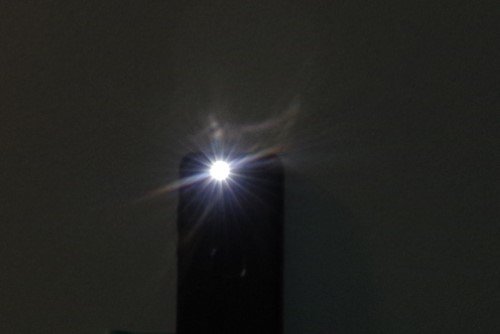


Metering and Exposure
Despite the extreme range of apertures, during our tests the camera did not struggle to expose properly with the Biotar 75mm, except in rare occurrences at F16..

Sharpness
Sharpness, or a lens’s ability to resolve small details, is far from the only important characteristic of a lens, but it is probably the one which many users look at first. Soft images distract the viewer and the sharpest point in an image draws the eye.
There are several ways to measure resolution. Some are quantitative, such as the number of lines per millimeter that can be resolved, while others are comparative, such as using a standardized scene to pit lenses against one another. We will use the latter, and supplement it with real-life examples below.
To evaluate sharpness, we use a standard test chart that can be used to compare lenses to one another. We place the camera and lenses at a distance of 100x the focal length, so that the chart occupies the same area on all test images. This results in a distance of 7.5 m in the present case. The chart is positioned successively in the center, on the edge and corner off the frame, testing all apertures each time. Focus is repeated for each position to avoid field curvature contributions.
This test will not show how good a lens can be. Quite the contrary, it is a stress test to illustrate the limits of a lens’s capabilities.
Resolution is of course sensor-relevant. For this test we use the A7C camera’s 24 MP sensor.
Test results at 75mm
The following images illustrate the results at all apertures at 75mm.

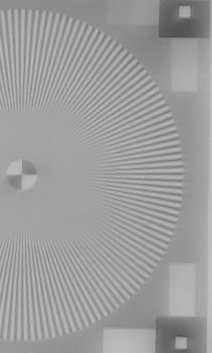

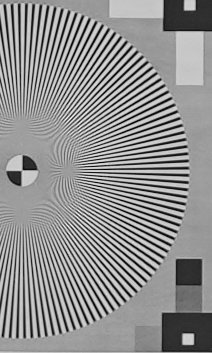

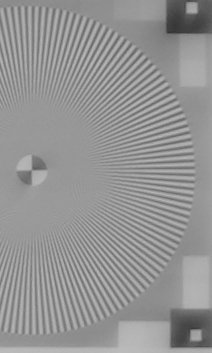
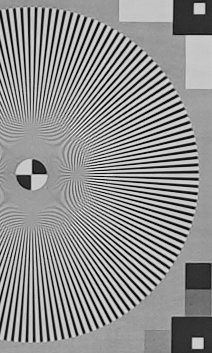
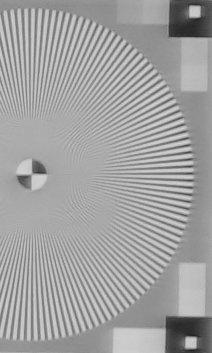
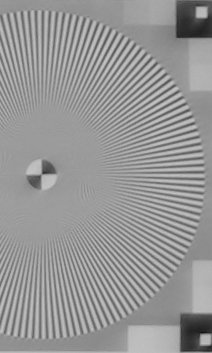

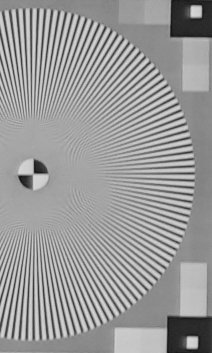
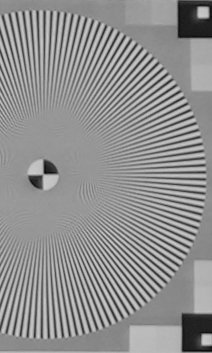
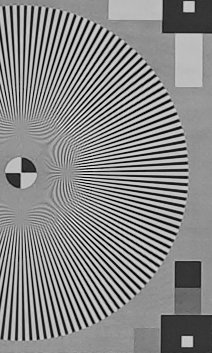



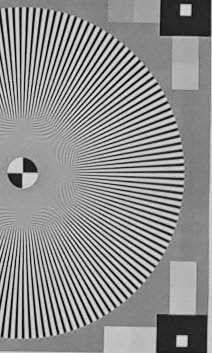
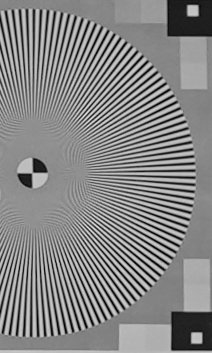
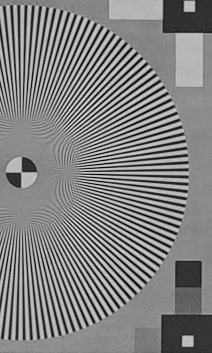
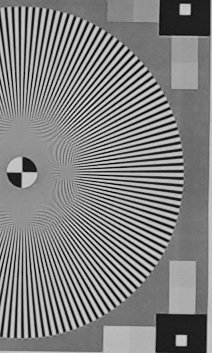
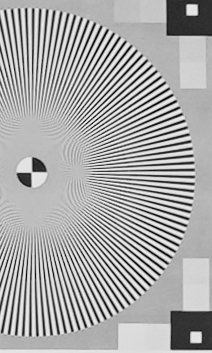
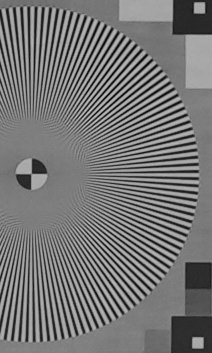
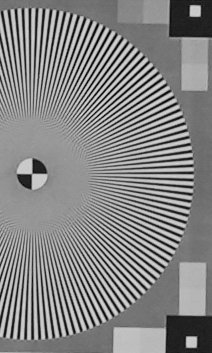

Right at the start, let us mention that the Biotar produces very little field curvature, among the best we have tested.
Center sharpness already very good at F1.5, certainly better than expected. As mentioned before, contrast is lower at this aperture but regardless of this the resolving factor is there. At F2, contrast in already improved and sharpness becomes impressive. In fact, the Biotar 75mm F1.5, in the center at F2, is sharper than some other lenses at F8! This is only true in the center but is still quite a feat. This remains true until F11; F5.6 and F8 compare easily with F4. At this value, diffraction already begins to impact sharpness (more modern lenses generally suffer from some diffraction at F16 or F22). The lens still offers perfectly usable images at all apertures, but it is visible that resolution decreases slowly starting at F11.
Edges and corners are never as good as the center, not even close. This is linked to our prior observation about contrast; wider apertures show a general decrease in image quality farther from the center, with the central, higher-quality zone expanding as the aperture closes.
Before F2.8, the edges are VERY soft, and with low contrast. F4 show adequate results for the edges (contrast is still low), and F5.6 deliver very good results. Corners remain softer than the edges until F5.6. At F8 and beyond, the edges and corners show comparable results for resolution, with the corners slightly worse but not by much.
Summary
The Biotar 75mm F1.5 II delivers razor sharp images, in the center, at F2, F2.8 and F4. It is usable at all other apertures, with its peak performances reached as the aforementioned values. Edges and corners never reach the level of the center, and at wider apertures they are very soft. Best uniformity is reached between F5.6 and F11.
Vignetting
Vignetting, or the darkening of corners at wider apertures, is both a defect and a feature, as it can be used creatively to put emphasis on subjects closer to the center, create a mood or a vintage look. It can also be corrected automatically by modern cameras so is less of a problem than in the past. That is only true for lenses with electronic contacts, which excludes the purely mechanical Biotar 75mm.
The following chart illustrates the vignetting of the lens for full frame when left uncorrected.

Vignetting with the Biotar 75mm is very well controlled. We consider vignetting to be bothersome, and visible in normal shooting conditions, when above 1 EV. Wide open, the lens shows 1.4 EV of vignetting, which will be visible in some situations but remains a moderate value, especially for a wide aperture lens. At F2, still a wider aperture value, vignetting drops to around 0.5 EV, low enough to be unnoticeable. It decreases even more at smaller apertures. These results are class-leading, much better than many modern lenses which rely on software corrections to reach comparable outputs.
The images below show the lens’s vignetting at varying apertures on full frame.






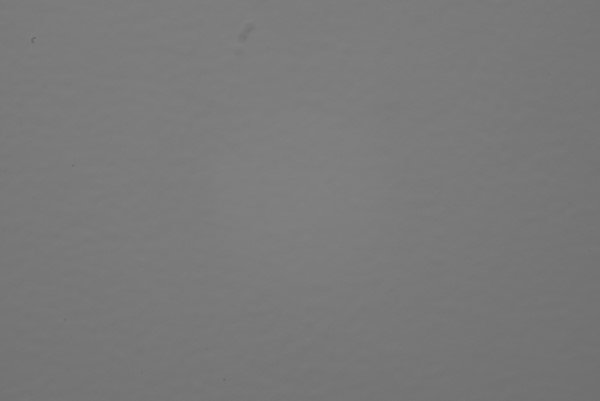
Bokeh
Bokeh is a Japanese term describing the quality of the background blur. It does not relate to the depth of field but to the areas in the image that are beyond the range that is expected to be in focus.
Bokeh is highly subjective. In general, a smooth bokeh with blurred shapes and contours is generally perceived as being of a higher quality. A shallow depth of field does not always equate a more pleasing bokeh.
To evaluate the characteristics of the background blur, we took pictures at varying apertures, using a scene with a lot of detail and bright highlights. However, considering that the Biotar 75mm has a legendary reputation regarding bokeh, we will dig much deeper than what we usually do.
This first set shows that, wide open, the Biotar 75mm creates highlights with what is often called “cat’s-eye shape”. This is critical to understanding why and how the Biotar has such a reputation for bokeh. Stepping down just to F2, the highlights go back to an almost circular shape. At F2.8 and beyond, the highlights are truly circular, in accordance with our expectations given the shape of the iris. This iris, with its 15 double-curved blades, creates a truly circular aperture at all apertures, even the smallest.
Transitions are another good aspect of the Biotar 75mm. They are gradual and particularly smooth. Textures are never busy, there are no harsh shapes or edges. This is better than most lenses, giving some macro lenses a run for their money.
The images below are examples of the lens’ rendering.
Our standard test doesn’t tell the whole story with this lens. For this second test, we use out-of-focus highlights at an even distance from the camera in order to provoke the appearance of the “swirly effect”.
These images illustrate clearly why the Biotar 75mm is known (and renowned) for its bokeh. The cat’s-eye highlights follow a circular pattern around the center of the image, being more prominent farther from the center. Having such strong cat’s-eye effect, oriented this way, and becoming stronger towards the borders, all contribute to the image’s impact. This is why the swirly bokeh effect is sometimes also called “vortex effect”.
The effect is mostly visible at F1.5, becoming much weaker even at F2. At F2.8, the circular shape of the iris practically removes the swirl.
Flare and Ghosting
Flare is a decrease in contrast caused by reflections on internal lens elements. Ghosting is the appearance of orb-shaped artifacts in an image containing a light source, caused by the same internal reflections. High-quality coatings reduce the importance of flare and ghosting in an image.
We test flare and ghosting by taking pictures of a bright light source positioned at the center and on an edge of the frame, at varying apertures.
Test results at 75mm
The Biotar 75mm is based on a design from a century ago. As such, it would not be surprising to see it being sensitive to flare.
With the light in the center, the Biotar 75mm F1.5 II shows almost no flare. In particular, at wider apertures the aberration simply isn’t present. At F8, F11 and F16, pink-tipped light rays emerge from the light, but the effect is minimal. These results are impressive.
With corner illumination, the results remain very good. At F1.5, contrast is decreased (as has been the case in all our tests) by a series of streaks coming from the light. When the aperture closes, a single spot of flare appears. This is much better than the series of orbs often seen in these kinds of tests. A halo is visible close to the light at F2 and F2.8. These results are much better than our expectations.
Chromatic aberration
Chromatic aberration (CA) occurs because different colours do not always have the same focal point. With modern lenses designs, which are better corrected than vintage designs, this is more likely to occur in out-of-focus areas. CA effects are more visible near fast transitions from bright to dark areas.
Most modern cameras have built-in tools to remove CA. Digital manipulations can have an impact on other aspects of an image, thus it is useful to know how a lens performs when those automatic corrections are disabled. In the case of a purely manual lens, of course, there are no built-in corrections possible, although post-processing software can correct CA.
Our test sets up the camera at 45° and focuses on the center of the frame, with targets at the center, top and bottom. Images are captured at varying apertures.
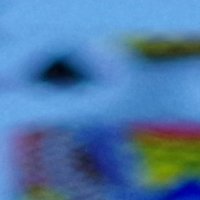
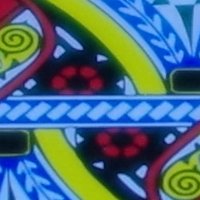



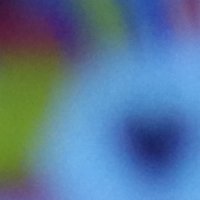
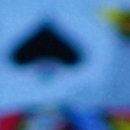
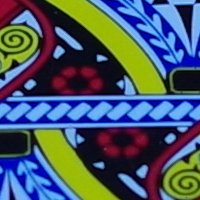
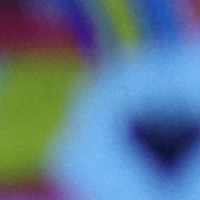

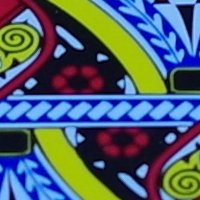

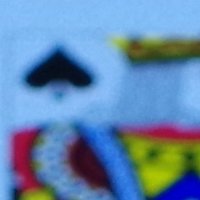
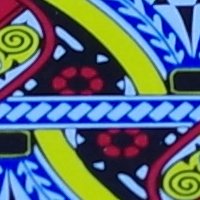



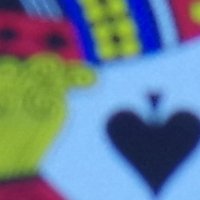


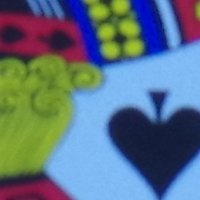

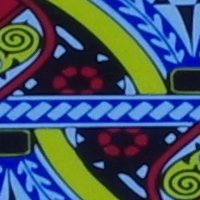

Chromatic aberration is almost absent. There is a hint of CA between F2.8 and F5.6 at the bottom, but not much. These results are, again, excellent.
Distortion
Distortion refers to a lens’s ability to represent straight lines as straight lines… Wide angle lenses frequently generate barrel distortion, while longer focal lengths are more likely to cause pincushion distortion.
The Biotar 75mm is a short tele, and also a prime. As such, we expect some effort to be put towards controlling the amount of distortion. As a purely manual lens, there is no built-in correction for this lens.
We use a standard test pattern of straight lines.
The image below show the uncorrected distortion figure.
75mm
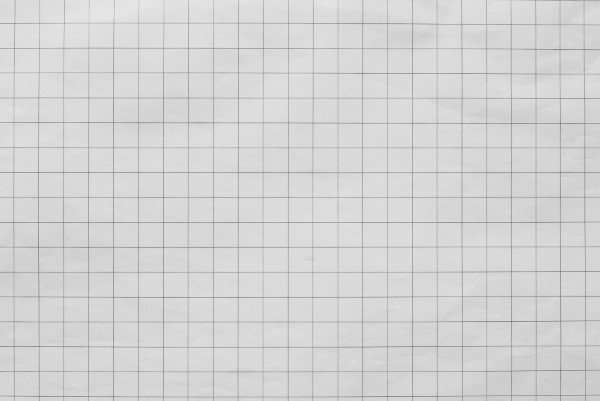
The Biotar produces 0.6% of distortion, a negligible value which should not be noticeable in normal shooting conditions.
Sample images
Here is a gallery of samples images captured with the Biotar 75mm. You can click on individual images for a larger view.





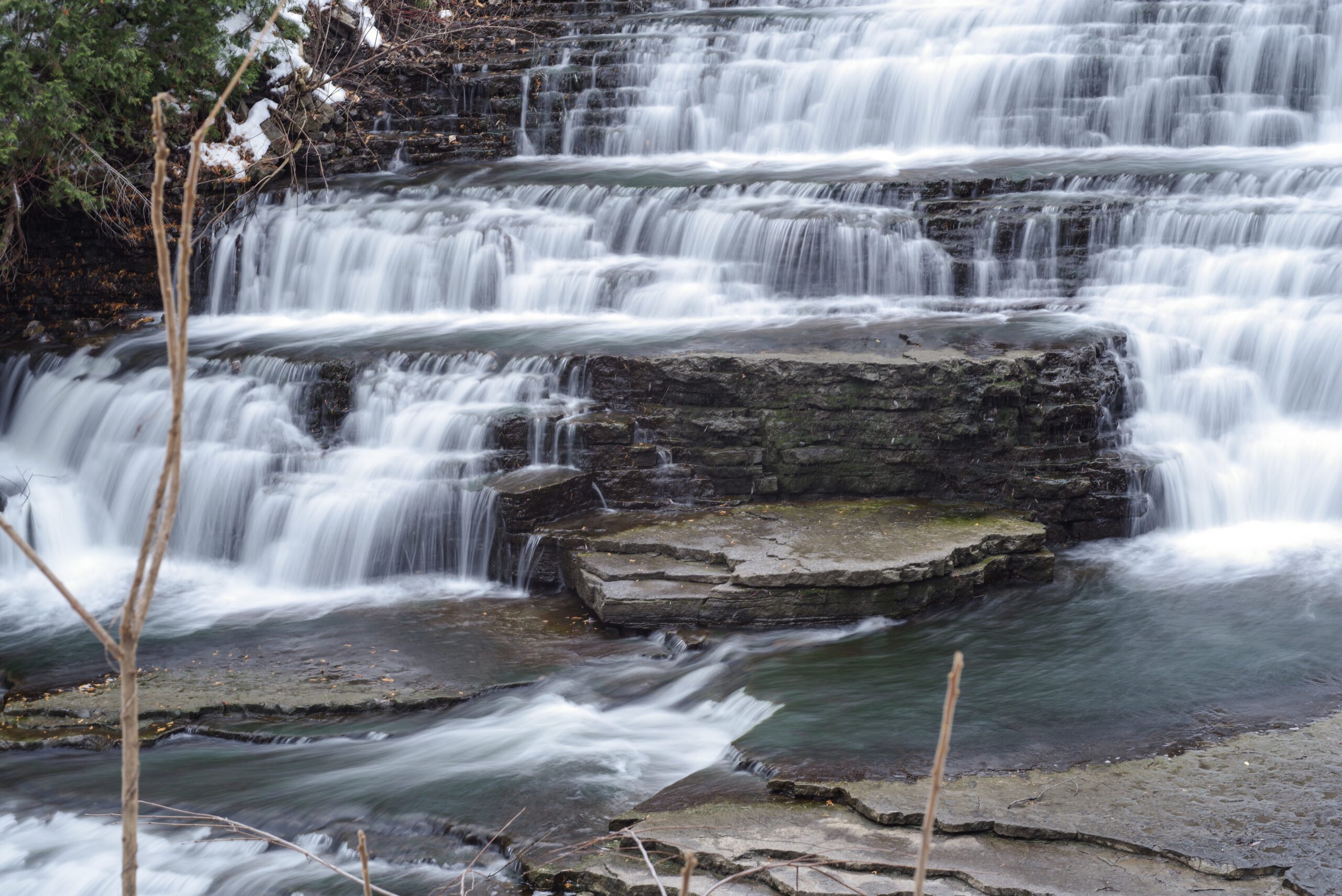





















Conclusion
When looking at the Biotar 75mm F1.5 II from Meyer Optik Görlitz, it is impossible to neglect the lens’ legacy and history. The Biotar formula still influences lens design today. The Biotar 75mm itself is legendary, but many other famous lenses are direct descendants from it.
The Biotar’s build quality is among the best we have seen. No trace of plastic, a fully metal body with beautiful anodization on its silver finish. With elegant engraving and superb mechanical operation, the lens leaves nothing to be desired. It ships in a lacquered box which seems made for jewelry, and it is fitting.
Optically, the lens is true to its legacy, with mostly excellent results and some signature aspects showing its heritage. Center sharpness can be superb, and is very good even wide open. Edges and corners are not as good, but still adequate. Distortion is negligible, flare and chromatic aberration are kept under a tight control, and vignetting is better than most modern lenses.
Contrast is the lens’ weakest point, especially wide open. The center isn’t overly sensitive to decreased contrast, but the rest of the frame certainly is. At F1.5, this can be an advantage, isolating the central subject within a halo of dream-like softness. Still, it is something to be aware of: the Biotar will never produce the ultra-saturated images of some modern products.
Bokeh is certainly the signature characteristic of the Biotar. Its fantastic swirls are immediately recognizable. Used properly, this effect can enhance the quality of images and make them stand out. The good news is that the swirly bokeh can essentially be turned on and off simply by changing the aperture. The effect is prominent at F1.5, and mostly gone at F2.8. In other words, if this effect is not desirable for a given scene, simply closing down the aperture a bit removes it. In these conditions, the lens’ bokeh is the best of both worlds. Even looking beyond the swirls, the Biotar produces beautiful textures and pleasing transitions between in focus and out-of-focus. This lens deserves all the praise it receives in this regard.
Focusing is fully manual, with a pleasingly dampened focus ring, a long throw, and good accuracy. Locking focus at F1.5 can be tricky, but that is to be expected with any manual lens.
In general, the Biotar 75mm F1.5 II is a lens made to be used at F8 or below. This is where it shines and creates its best images. This isn’t surprising, and it makes sense, when purchasing a fast aperture lens, to expect to use it at wide apertures indeed.
Many casual readers will look at the lens and wonder why it even exists, in an age where many fast zooms cover the 75mm focal length, and many great modern primes are available at or close to this value. Others might wonder what the fuss is about and why a manual focus lens should cost more than Sony’s cheaper short portrait tele.
At $1399 USD, the Biotar certainly isn’t cheap. However, to put it into perspective, a used first-generation Biotar (manufactured around the second World War) often reaches $5000 on the used market. There is a reason for that, beyond the history. Just as there is a reason why this lens is often called “legendary”. The bokeh is the principal attraction here, but apart from the swirls, this is a lens with extremely high center sharpness, almost no distortion, vignetting, flare or CA. Couple it with a hand-crafted, superb body sure to last decades, and you have the makings of a keeper.
Pros
- Beautiful and robust metal body
- Signature swirly bokeh (can be easily controlled), beautiful out-of-focus rendering at all apertures
- Excellent center sharpness
- Little CA
- Accurate manual focus
- Almost no vignetting
- Negligible distortion
Cons
- Decreased contrast away from the center at wider apertures
- Edge and corner sharpness need stopping down to reach very good levels
- Price can be seen as high for a manual focus lens
Before You Go
Do you already own this lens? Are you curious about it? If you do, we’d love to hear your thoughts in the comments below.













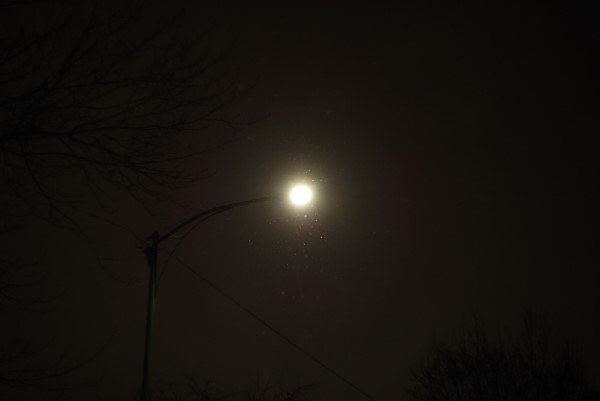

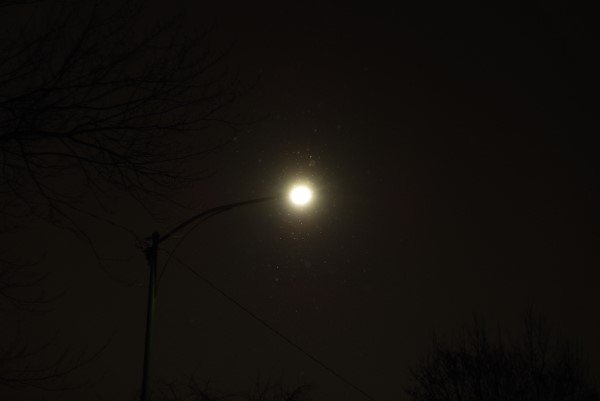


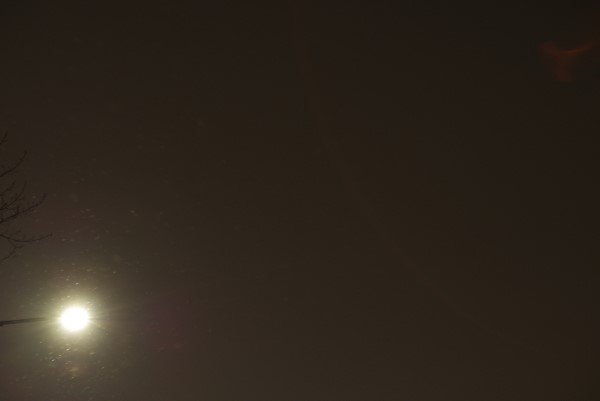

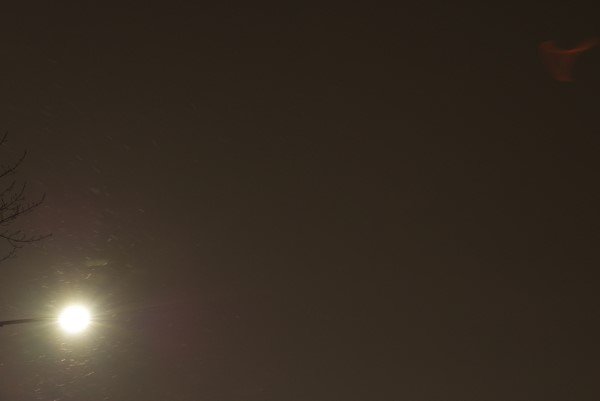


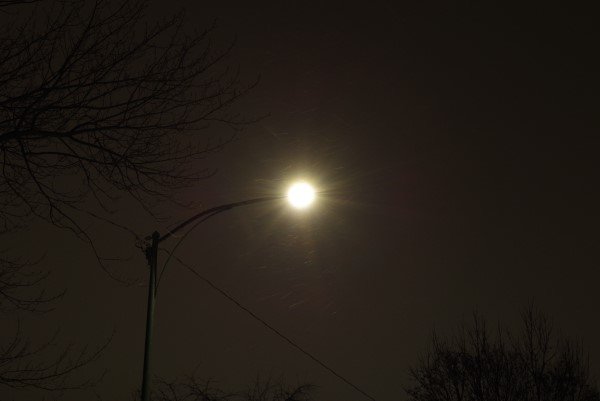

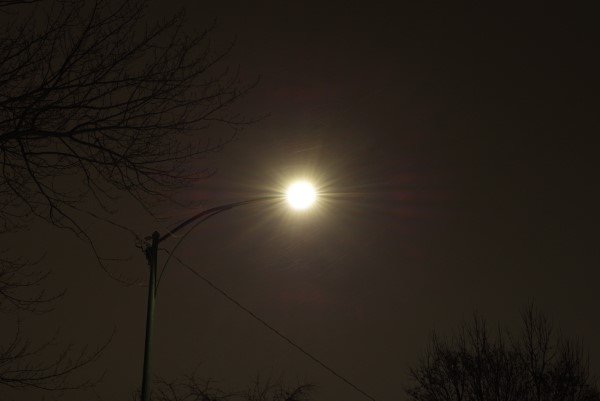
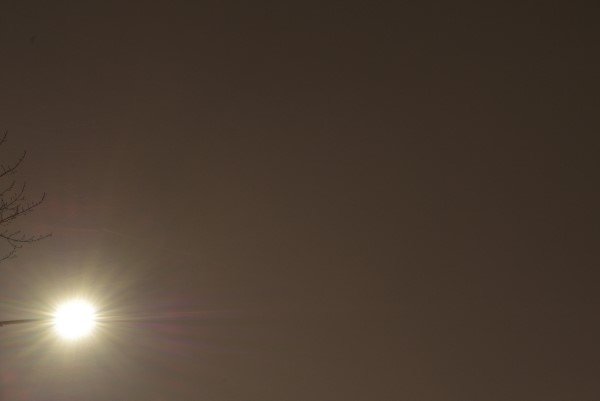
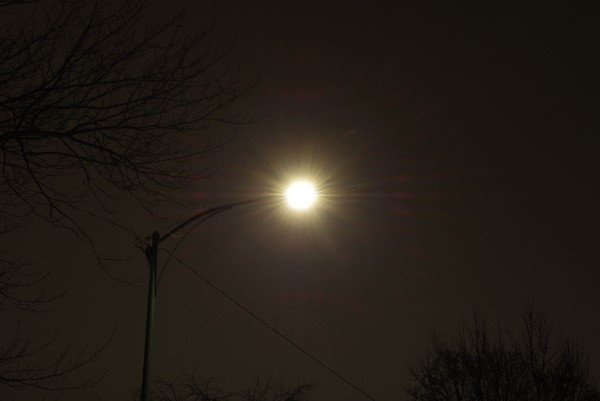


Leave a Reply